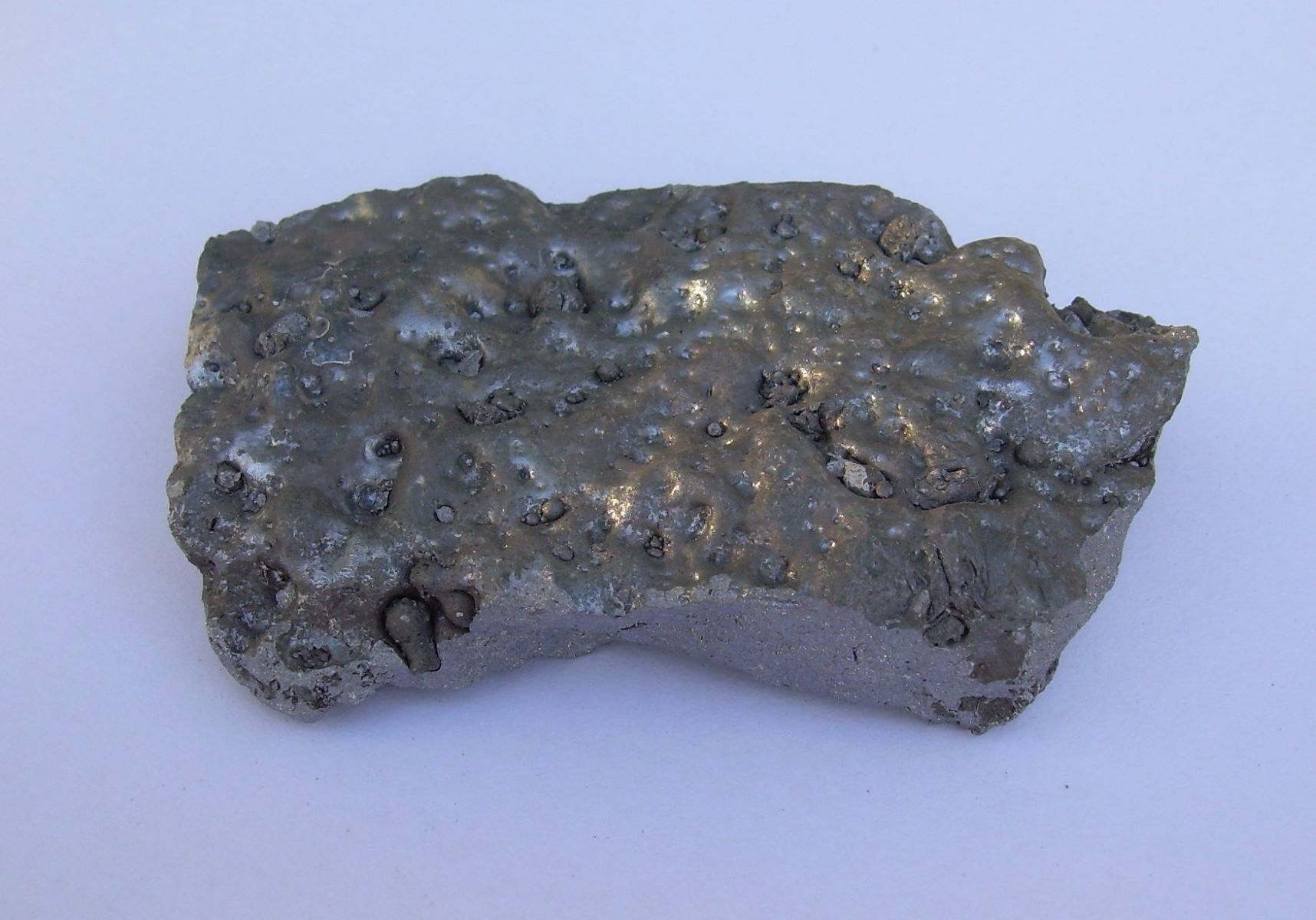
Ferrosilicon might sound like a term from a sci-fi novel, but it's a crucial material in modern industry. What is ferrosilicon? It's an alloy made from iron and silicon, typically containing 15-90% silicon. This versatile substance plays a key role in steelmaking and casting, acting as a deoxidizer and alloying agent. It helps remove oxygen from molten steel, improving its strength and quality. Additionally, ferrosilicon is used in the production of magnesium, aluminum, and even in the creation of semiconductors. Understanding its importance can shed light on how everyday items, from cars to electronics, are made stronger and more efficient.
Key Takeaways:
- Ferrosilicon, a blend of iron and silicon, is a crucial material in steel production and has diverse applications. It enhances steel quality, aids in renewable energy generation, and plays a role in modern electronics.
- The future of ferrosilicon looks bright, with ongoing research focusing on new applications and sustainable production methods. It's expected to play a significant role in renewable energy technologies and the demand for high-quality steel.
What is Ferrosilicon?
Ferrosilicon is an alloy of iron and silicon. It's widely used in the steel industry and has various applications due to its unique properties. Here are some fascinating facts about this important material.
-
Ferrosilicon is primarily composed of iron and silicon, with silicon content ranging from 15% to 90%.
-
It was first produced in the early 19th century, revolutionizing the steelmaking process.
-
The alloy is created by reducing silica or sand with coke in the presence of iron.
-
Ferrosilicon is used as a deoxidizer in steelmaking, helping to remove oxygen from molten steel.
-
It also acts as an alloying agent, improving the strength and quality of steel.
Applications of Ferrosilicon
Ferrosilicon's versatility makes it valuable in various industries. Let's explore some of its key applications.
-
In the casting industry, ferrosilicon is used to produce cast iron, enhancing its hardness and durability.
-
It serves as a source of silicon to reduce metals from their oxides in the production of magnesium and other metals.
-
Ferrosilicon is crucial in the manufacturing of silicon steel, which is used in electrical transformers and motors.
-
The alloy is also used in the production of semiconductors, an essential component of modern electronics.
-
In the welding industry, ferrosilicon is added to welding rods to improve the quality of welds.
Production Process of Ferrosilicon
Understanding how ferrosilicon is produced can shed light on its importance and applications.
-
The primary method of production is the carbothermic reduction of silica in submerged arc furnaces.
-
High-purity quartz and high-quality coke are essential raw materials for producing ferrosilicon.
-
The process involves heating the raw materials to temperatures above 2000°C.
-
Ferrosilicon production generates significant amounts of heat, which can be harnessed for other industrial processes.
-
The alloy is typically cast into ingots or crushed into granules for various applications.
Benefits of Using Ferrosilicon
Ferrosilicon offers numerous benefits, making it a preferred choice in many industries.
-
It improves the mechanical properties of steel, such as tensile strength and hardness.
-
The alloy enhances the corrosion resistance of steel, making it suitable for harsh environments.
-
Ferrosilicon helps in controlling the carbon content of steel, ensuring consistent quality.
-
It reduces energy consumption in steelmaking by acting as an efficient deoxidizer.
-
The alloy's high silicon content makes it an excellent reducing agent in metallurgical processes.
Environmental Impact of Ferrosilicon
Like any industrial material, ferrosilicon has environmental implications. Let's examine some of these aspects.
-
The production process generates carbon dioxide and other greenhouse gases, contributing to climate change.
-
Efforts are being made to develop more sustainable production methods, such as using renewable energy sources.
-
Recycling ferrosilicon from scrap metal can reduce the environmental impact of its production.
-
Proper waste management practices are essential to minimize the release of harmful byproducts.
-
Advances in technology are helping to reduce the carbon footprint of ferrosilicon production.
Interesting Facts About Ferrosilicon
Beyond its industrial applications, ferrosilicon has some intriguing characteristics worth noting.
-
Ferrosilicon can be magnetized, making it useful in certain magnetic applications.
-
The alloy has a high melting point, typically around 1200°C to 1350°C.
-
It is highly resistant to oxidation, which contributes to its durability.
-
Ferrosilicon is often used in the production of solar panels, aiding in the generation of renewable energy.
-
The alloy's unique properties make it a valuable component in the aerospace industry.
Global Production and Trade of Ferrosilicon
Ferrosilicon is produced and traded globally, with several countries leading the market.
-
China is the largest producer of ferrosilicon, accounting for more than 60% of global production.
-
Other major producers include Russia, Norway, and the United States.
-
The global market for ferrosilicon is valued at billions of dollars, reflecting its economic significance.
-
Trade regulations and tariffs can impact the global supply and demand for ferrosilicon.
-
Innovations in production technology are helping to meet the growing demand for this alloy.
Future Trends in Ferrosilicon
The future of ferrosilicon looks promising, with ongoing research and development driving new applications.
-
Advances in nanotechnology could lead to the development of ferrosilicon-based nanomaterials.
-
The alloy's role in renewable energy technologies is expected to grow, particularly in solar and wind power.
-
Researchers are exploring new ways to enhance the properties of ferrosilicon for specialized applications.
-
Sustainable production methods are being developed to reduce the environmental impact of ferrosilicon.
-
The demand for high-quality steel and advanced materials will continue to drive the growth of the ferrosilicon market.
Ferrosilicon Facts Recap
Ferrosilicon, a fascinating alloy, plays a crucial role in steelmaking and casting. Its primary function is to deoxidize steel and improve its quality. This alloy, made from iron and silicon, also enhances the strength and hardness of steel. Ferrosilicon's unique properties make it indispensable in various industries, including automotive and construction.
Understanding its production process, from raw materials to the final product, helps appreciate its importance. Ferrosilicon's impact on reducing energy consumption and improving efficiency in steel production can't be overstated.
Knowing these facts about ferrosilicon highlights its significance in modern manufacturing. Whether you're a student, a professional, or just curious, these insights provide a solid foundation. Keep exploring and learning about the materials that shape our world.
Frequently Asked Questions
Was this page helpful?
Our commitment to delivering trustworthy and engaging content is at the heart of what we do. Each fact on our site is contributed by real users like you, bringing a wealth of diverse insights and information. To ensure the highest standards of accuracy and reliability, our dedicated editors meticulously review each submission. This process guarantees that the facts we share are not only fascinating but also credible. Trust in our commitment to quality and authenticity as you explore and learn with us.


